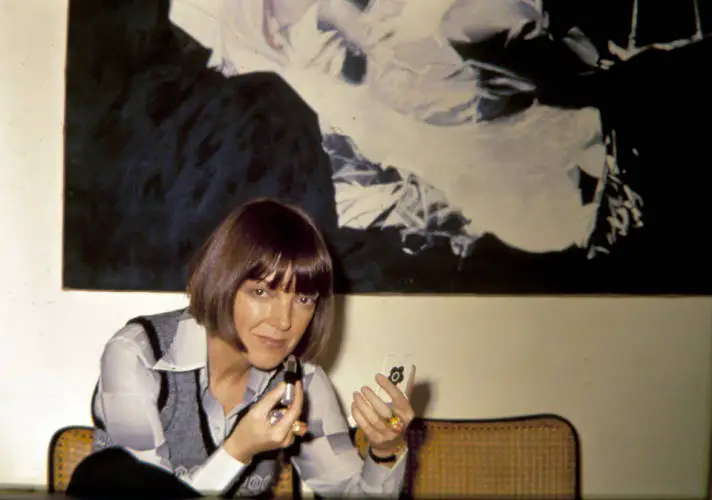MIAMI, United States. — The British designer, Mary Quant, who went down in history for being the creator of the miniskirt, died on April 13at 93 years old.
Quant was a revolutionary for the contribution to the liberation of the bodies and minds of the women of the world. A few years ago, in his autobiography Quant by Quantthe famous designer explained that she did not intend to provoke, but rather “have fun with fashion”.
“It was the feeling of an era. It made people a little bit happier in a way,” she said.
Back in 1964, together with her husband, in their London boutique Bazzar, Mary Quant took the scissors and shortened the length of the skirts to 10 and 15 centimeters above the knees. She considered that long skirts, in addition to being outdated, hindered the mobility of women, especially when running after buses.
The model Twiggy was the prototype of the girl in a miniskirt of the Swinging London of the sixties.
Mary Quant created the Chelsea clothing line, which spanned knitted dresses, knee-high boots, and bell-bottom pants (bell bottom).
Initially, the designer had to face a lot of rejection for her creations. Even Coco Chanel described the miniskirt as “horrendous”, as she considered that the knees were not the most attractive part of the female body.
But finally, thanks to the tenacity of Mary Quant, the miniskirt prevailed and after six decades it still remains.
In Cuba, in the 1960s, the miniskirt, like tight pants and long hair for men, was questioned by the Castro regime, which considered all of these to be “foreign fashions” and “ideological diversionism”. Fidel Castro preferred that young people, as a sign of their fidelity to the system, wear work clothes or militia uniforms.
Today it seems incredible, but at that time, young men and women who dared to go out dressed in Western fashion risked being arrested and fined for “extravagance” or “ostentation”. This type of clothing was also associated with pop and rock music, which had a great boom in the world, but which in Cuba, by indication of the Maximum Leader, was prohibited, starting with The Beatles.
The regime sympathized with the North American hippies who demonstrated against the Vietnam War, but the young Cubans who let their hair grow were considered “deviant” and with “ideological problems.”
Many young women, for wearing the short skirt, were considered “bad living women”. Some came to suffer imprisonment in re-education farms.
In the case of the men, for the use of tight pants —what Fidel Castro himself called “Elvispreslianas attitudes”— the punishment was greater: they were sent as a corrective to the Military Production Aid Units (UMAP)true concentration camps where homosexuals, religious, hippies and other young people with “ideological deviations” were interned.
In the schools there were directors and teachers who with scissors untied the hem of the girls who wore the short skirt and the boys ripped the side seams of the pants. Likewise, the parents of the students were summoned to warn them about the “incorrect ideological behavior” of their children, which was also recorded in the school file.
Over the years, these draconian measures were reversed and Fidel Castro accepted that Cuban girls wear a school uniform more appropriate to the times. At the beginning of the seventies, the saya-short was designed for the students of basic secondary schools in the countryside, consisting of a combination of both garments.


















